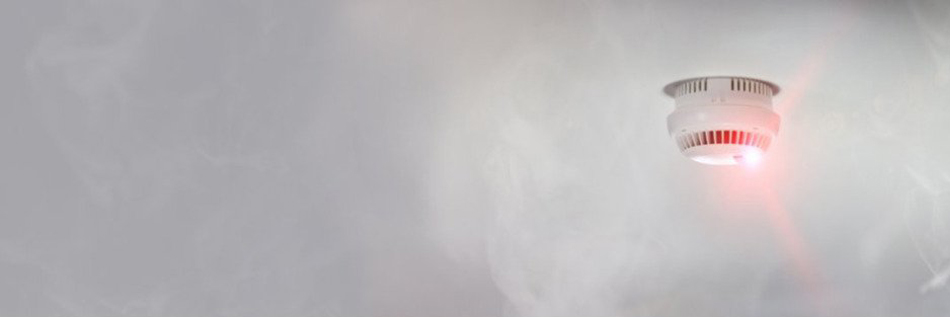
Alarms sense smoke and or Carbon Monoxide (CO) . in the event of fire or high carbon monoxide levels an alarm sounds to alert you to evacuate the premises.
Make sure your alarms are properly installed throughout your home and you have fresh batteries in them.
| Smoke Alarms |
|
Install Smoke alarms - It's the law! There are two kinds of alarms: Ionization and photoelectric. Both offer good protection. If you are unsure about where to install your smoke alarms, give us a call.
|
| Carbon Monoxide Detectors |
|
Carbon Monoxide (CO) is odorless, colorless, and tasteless and poisoning occurs more often in the winter months. If you have a source of flame (pilot light, fuel burning stove or furnace) you should have Carbon Monoxide Detectors on each floor of your home. To further reduce the chances of carbon monoxide poisoning here are some preventive tips:
|














